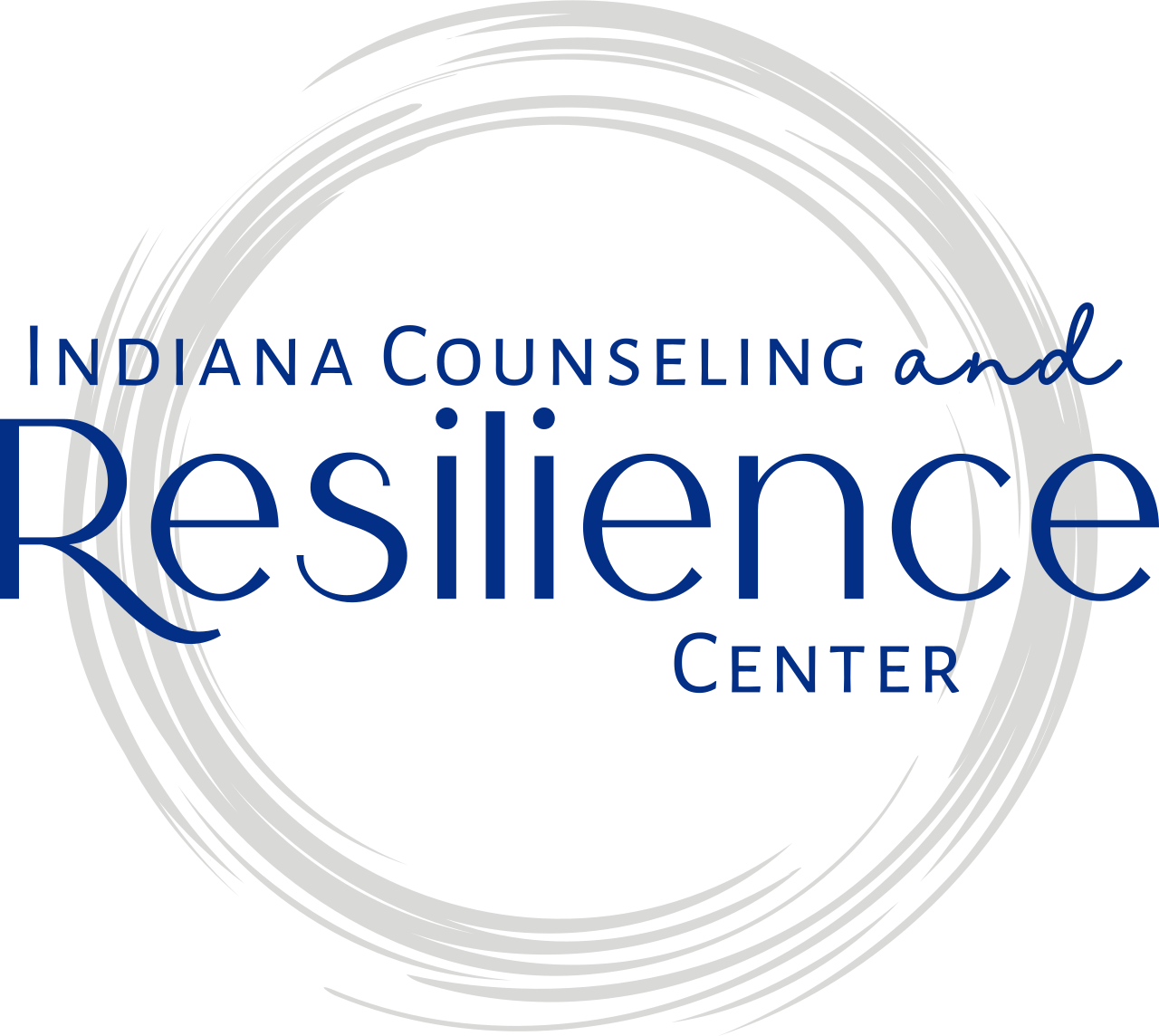What happens in an EMDR session? An Overview by Celia Sadjadi at Indiana Counseling and Resilience Center
This EMDR therapy overview is written by Celia Sadjadi, LMHCA. Celia is trained in EMDR and is accepting new clients who are ready to work on anxiety, trauma and depression.
What is EMDR?
Eye movement desensitization and reprocessing (EMDR), a highly structured, evidenced based therapy modality, has been taking the world by storm! With high profile individuals such as Prince Harry, Jameela Jamil, Sandra Bullock, and Lady Gaga, singing the praises of this well-established treatment (EMDR was first conceived in 1987 by Francine Shapiro), EMDR has made its way to the headlines of major news outlets, its efficacy being lauded.
So what IS EMDR, exactly?
EMDR is a therapy modality that aims to change the way a client perceives a past traumatic or unpleasant life event by replacing the client’s negative cognitions (negative core beliefs about themselves) with healthier, positive beliefs.
Imagine you are looking at a painting at a museum. You notice the colors, the textures, and the canvas, and while the painting might evoke emotions, as a mere observer of the painting, your feelings about it lack significant depth. This is how EMDR can help you to perceive traumatic or unpleasant memories (also known as “targets” in the EMDR process!). After EMDR treatment, you will be able to pull up that memory and observe it in your mind, as if you were looking at a painting or sculpture. You will still remember the details of the incident, but instead of feeling the intensity of the emotions and physical sensations connected to the experience, you will perceive it in the mind as more of a passive observer. This release of physical and emotional sensations when thinking of past traumatic events or unpleasant experiences can be beneficial in the long-term healing of trauma, depression, and anxiety.
What happens in an EMDR therapy session?
EMDR is an eight-phase experience that counselors will guide clients through. In the first few phases, the counselor will provide psychoeducation on the EMDR process and ask thoughtful questions in order to gather information about the client’s history, triggers, and negative beliefs. This will look like a simple conversation between the client and the clinician.
In later phases, the therapist and client will revisit the memories of past trauma and implement bilateral stimulation, a core piece of EMDR, into the session. Bilateral stimulation is the introduction of sensation on two sides of the body. This stimulation allows the brain to reprocess memories and experiences. This can be implemented by the client (with the guidance of their therapist) through taps of the knees, using headphones and hearing sounds, using guided eye movements, or other methods. The clinician and client will work together to determine the best course of action for applying bilateral stimulation in a way that feels most comfortable for the client.
Eventually, the clinician will work with the client to replace negative cognitions with congruent positive beliefs. This allows the clients to look back at the past trauma or negative experience with a different perspective and helps them to release past trauma that has been detrimental to living in an optimal state of positive mental health.
Will EMDR be painful?
The physical application of bilateral stimulation will not be painful; you are using taps on the body, these touches will be firm, but gentle. It is self-administered by the client, with the guidance of the EMDR therapist. The most common “side effect” is occasionally feeling a little sleepy after an EMDR session.
EMDR therapy will involve revisiting difficult memories and/or traumas, which can be extremely painful. That said, your clinician is HIGHLY trained and prepared to support you as needed; to even offer EMDR requires dozens of hours’ worth of training and consultation, and your clinician is eager to guide you through the process in the safest, most effective manner.
You are also in control of the process! If revisiting past memories becomes too much, you always have the freedom to take a break, slow down, or close out the session. You are an active player in your EMDR therapy process, and your counselor is there to support you as you make the best decisions for yourself.
EMDR Therapy at Indiana Counseling and Resilience Center
Is there a past traumatic experience that has been holding you back? Are there difficult moments from childhood that impact the way you see the world? Curious about EMDR Therapy? Celia Sadjadi is trained and supervised in EMDR, and is happy to support you on your journey to healing!






